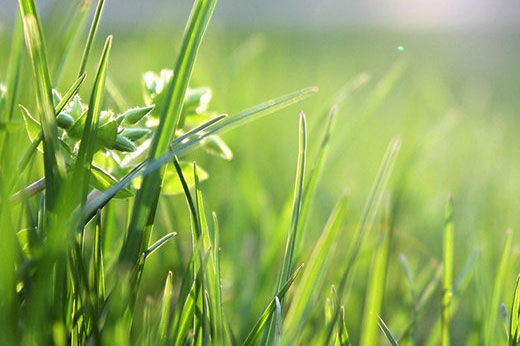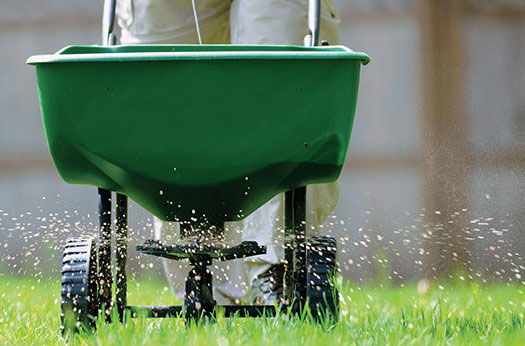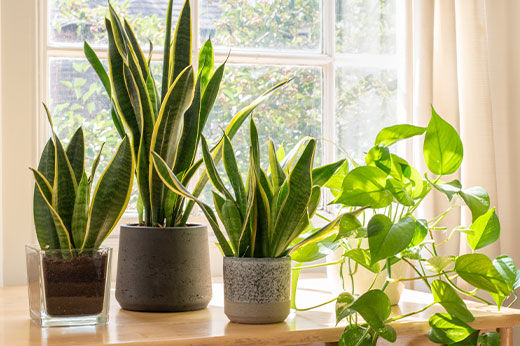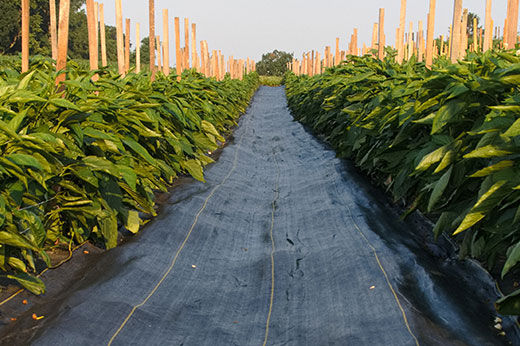While do-it-yourself projects can be fun and fulfilling, there is always a potential for personal injury or property damage. We strongly suggest that any project beyond your abilities be left to licensed professionals such as electricians, plumbers, and carpenters. Any action you take upon the information on this website is strictly at your own risk, and we assume no responsibility or liability for the contents of this article.
Spruce up Your Yard with Mulch
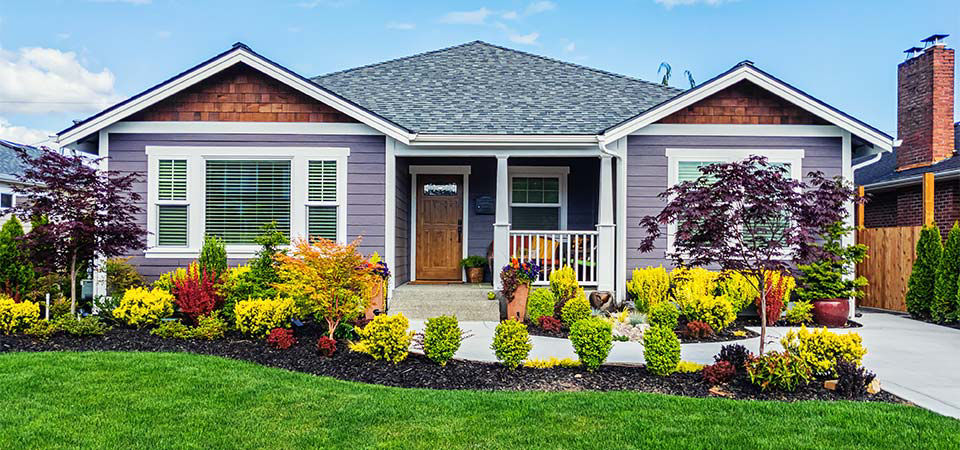
In addition to making your flower garden more aesthetically pleasing, mulch helps your garden thrive through inhibiting weed growth, holding in moisture, and helping to keep a moderate soil temperature.
Mulch also keeps plant roots cooler through summer months and helps to prevent frost heaving, which is the ground pushing plants out of the soil as it expands due to rising and falling temperatures. Here are a few tips to keep in mind while planning your mulch project this spring.
1. Mulch Should Be an Accent
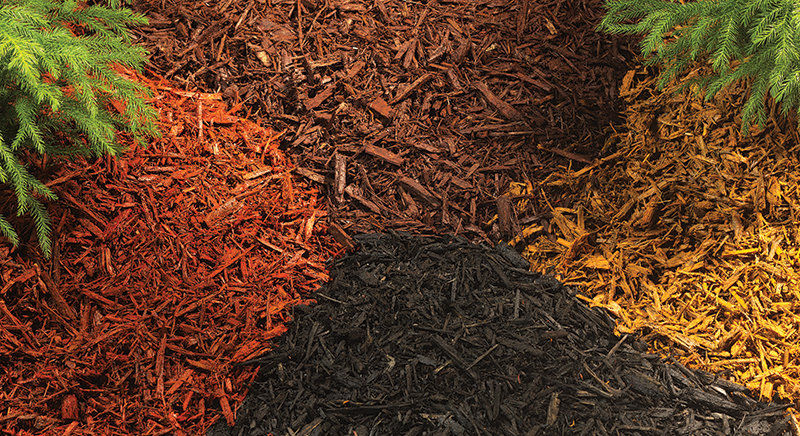
Choose a mulch color that goes with the exterior of your home. Darker mulch can be a good contrast to brightly colored flowers.
2. Re-mulching
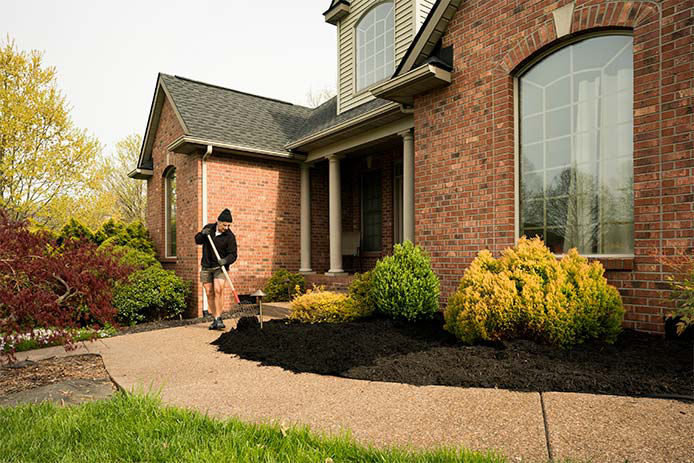
If re-mulching, be sure to remove some of the old mulch before adding new. This will help keep the landscape at a normal height, as well as make sure you are setting your garden up for the best possible growing conditions.
3. Using Landscape Fabric
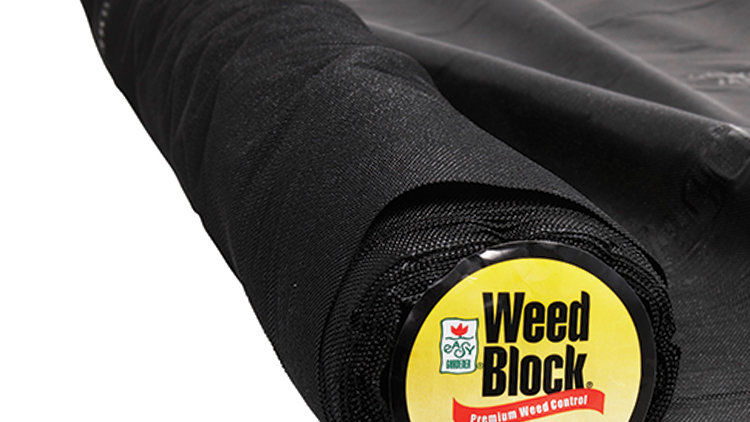
If you’re using landscape fabric, stick to fabrics that are water and air permeable. Plastic tarps do not let air and water through. They may even suffocate your plants. Landscape fabrics are created to reduce weed growth, so they are very helpful when adding mulch to a bed.
4. Proper Mulch Thickness
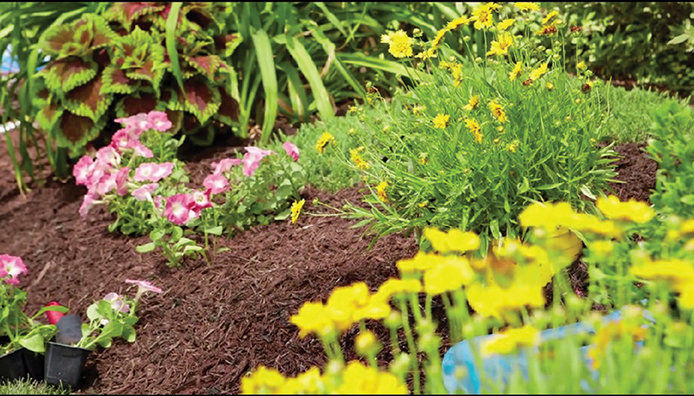
It’s recommended that newly laid mulch be about one inch high, no more than two inches for perennials and annuals. Bigger plants like trees and shrubs can have three to four inches of thickness. With any type of plant, it’s important to keep mulch away from the plant base usually about one inch. This will help the plant breathe and keep pests and disease from appearing.
5. Applying Your Mulch
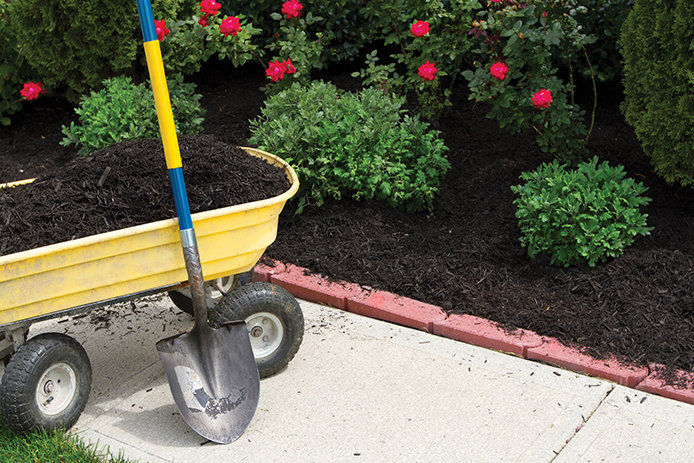
Use a wheelbarrow or garden cart to transport mulch to each area of your garden. Once your mulch piles are placed throughout the garden, a shovel or trowel can be used to spread the mulch over the root area (remember- not flush against the plant!). In areas where plants are widely spread out, use a rake to spread the mulch. This will allow for an easy, even coverage.
6. What to Do with Leftover Mulch
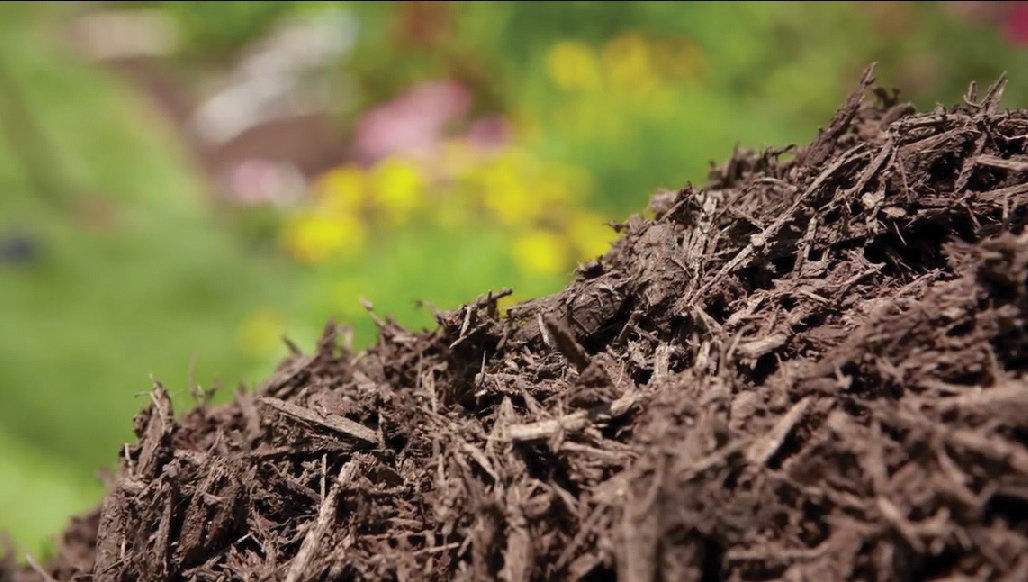
Heavy storms and strong winds sometimes spray mulch onto sidewalks, driveways, and well out into yards. Don’t fret! If you have any leftover mulch, it can be used midway through the growing season or whenever you find areas that are depleted.
7. Options to Combat Floating Mulch
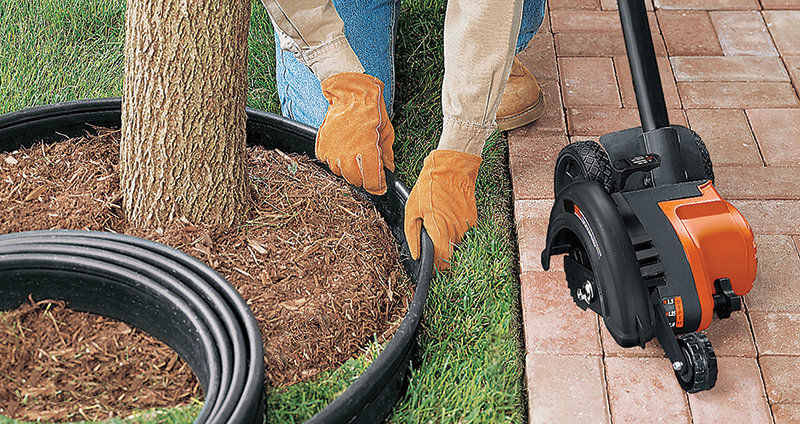
When laying your mulch, place thin layers of mulch watering each layer as you go to make sure your mulch is heavy and will stay in place. You can also add landscape edging to your garden with pavers, wood, brick, plastic, or stone.
Another option is trenching around your flower garden in the hopes that any washed-out mulch will be caught in the trench before going into your yard. Once in the trench, mulch can easily be raked back into place.
Now you’re ready to take these seven mulch tips and spruce up your curb appeal. Make sure you have all of the right tools before you start your project, it’ll speed up the entire process. Happy mulching!
